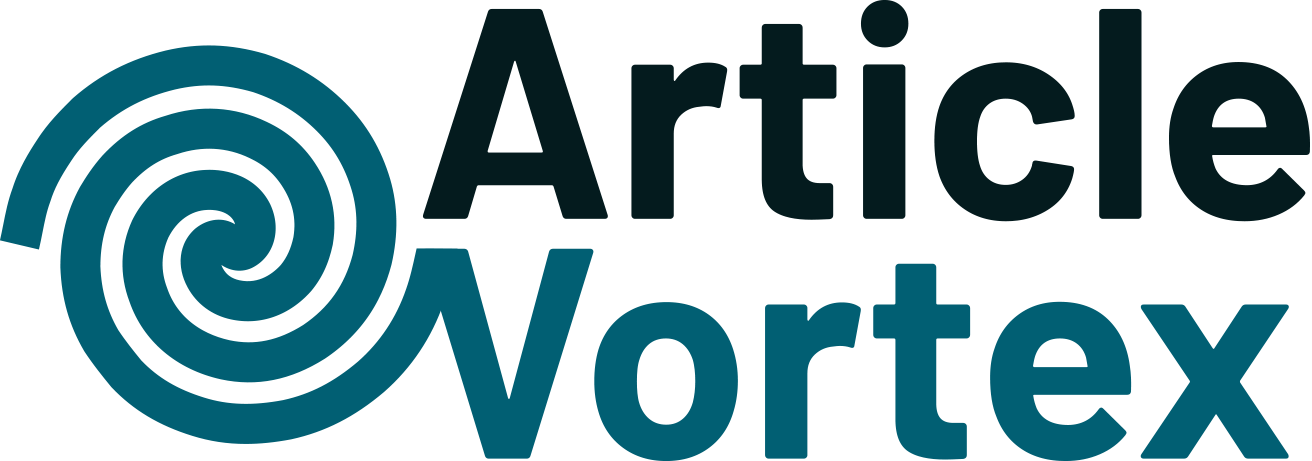Understanding ADHD: A Brief Overview
Attention Deficit Hyperactivity Disorder (ADHD) is a neurodevelopmental disorder that affects both children and adults. Characterized by symptoms such as inattention, hyperactivity, and impulsivity, ADHD can impact various aspects of life, including academic performance, work efficiency, and personal relationships. Understanding ADHD’s complexities is crucial for effective evaluation and management. Recent studies suggest that ADHD affects approximately 5% of children and 2.5% of adults worldwide, underscoring the importance of accurate diagnosis and treatment. The condition’s manifestation can vary significantly between individuals, making personalized evaluations essential.
ADHD Evaluations for Children
Evaluating ADHD in children involves a comprehensive assessment process that includes input from parents, teachers, and healthcare professionals. The evaluation typically begins with a detailed medical and developmental history, followed by behavioral assessments and standardized questionnaires. Common tools used in the evaluation process include the Conners’ Rating Scales and the Vanderbilt Assessment Scales, which help identify ADHD symptoms and their impact on daily functioning. It’s crucial to differentiate ADHD from other behavioral disorders, such as anxiety or learning disabilities, which may present similar symptoms. Early diagnosis and intervention can significantly improve a child’s academic and social outcomes.
ADHD Evaluations for Adults
Diagnosing ADHD in adults can be challenging due to overlapping symptoms with other mental health conditions, such as depression or anxiety. Adult evaluations often involve a combination of self-reported symptoms, clinical interviews, and collateral information from family members or partners. Standardized assessment tools like the Adult ADHD Self-Report Scale (ASRS) are frequently used to gauge symptom severity. An accurate diagnosis can lead to effective management strategies, including medication, therapy, and lifestyle modifications. Understanding the unique challenges faced by adults with ADHD, such as workplace difficulties and relationship issues, is vital for comprehensive care.
Comparative Analysis: Children vs. Adult Evaluations
While ADHD evaluations for children and adults share some similarities, there are distinct differences in approach and focus. Children’s evaluations often emphasize behavioral observations and input from educational settings, while adult assessments prioritize self-reported experiences and functional impairments in work and personal life. The developmental stage at which symptoms are assessed can influence the evaluation process. For instance, children may exhibit more hyperactivity, whereas adults might struggle more with inattention and organizational challenges. Tailoring evaluations to the individual’s age and life context is crucial for accuracy and effectiveness.
Conclusion: The Importance of Accurate ADHD Evaluations
Accurate ADHD evaluations are essential for effective diagnosis and management, providing individuals with the tools they need to navigate their challenges. Early identification in children can lead to interventions that enhance educational and social development, while adults can benefit from strategies that improve work performance and personal relationships. As awareness of ADHD grows, so does the understanding of its impact across different life stages. Comprehensive evaluations are the foundation upon which successful treatment plans are built, offering hope and guidance to those affected by this complex disorder.












